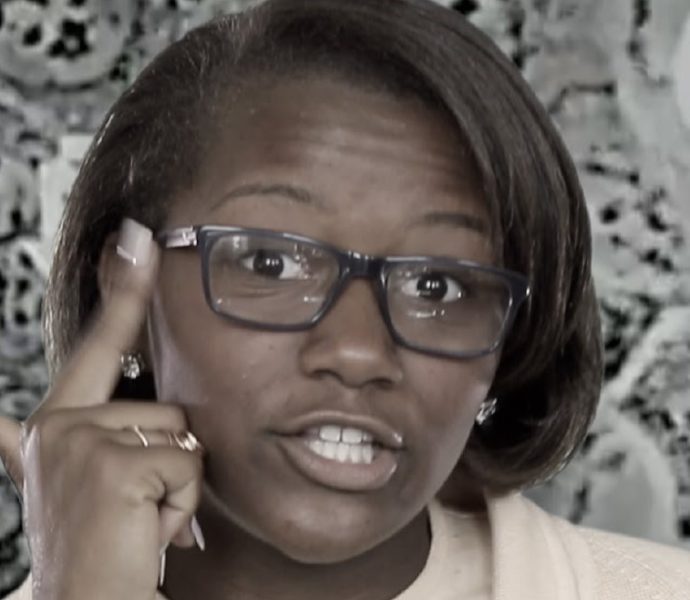Oakland middle-schoolers use hip-hop to tell the story of Henrietta Lacks
ByJon Brooks
Read the full article at PBS.org >
Henrietta Lacks. Born 1920. Black Virginian, tobacco farmer, steel worker.
Cancer patient. Poor.
At Johns Hopkins, 1951, while Lacks was being treated in the “colored” ward, a doctor passed on samples from her cervix to researchers, without her consent or even knowledge.
That same year, at age 31, she died.
Not all of her, though.
Cells derived from the two samples taken from an unwitting Lacks have inexplicably lived on in labs for over 60 years now, used to research the effects of radiation, AIDS, the polio vaccine and much more. Here’s what Rebecca Skloot, author of the 2010 book “The Immortal Life of Henrietta Lacks,” told “Fresh Air” in 2010.
[The cells] were the first immortal cell line ever to grow in culture. Scientists put them in culture in 1951, and they just never died. They kept growing and growing and growing. And scientists had been trying to do that for decades, and it had never worked.
When she went to the hospital, she had a tumor on her cervix that was about the size of a dime, and within 6 months nearly every organ of her body was taken over by tumors. So her cancer grew incredibly fast in her body. When scientists put them in culture, they just took off. They doubled every 24 hours and they sort of piled onto each other and grew in these enormous … quantities that no cells had ever done before.
Those cells have done a lot of good — and also contributed to a lot of profits. The case, which is as much about class, gender and race as it is about science, has spawned ethical debates about informed consent among researchers. To learn more, you can read the book or watch the coming HBO movie based on it.
But we recommend that first you should watch the awesome video above. “The Immortal Rap of Henrietta Lacks” stars mostly eighth graders from KIPP Bridge Charter School in Oakland, California. The students researched and wrote the lyrics — set to the songs “Right Hand,” “Shell Shocked,” and “Work” — with help from their performing arts teacher, Shannon Perkins, and San Francisco Bay Area educator Tom McFadden, who runs a small organization devoted to the intersection of science and the arts. McFadden sent drafts of the piece to Henrietta Lacks’ granddaughter for approval.
I asked him how this idea came about.
“I’d done one project before with this school on Rosalind Franklin,” McFadden said. “When I published that video, Rebecca Skloot said for your next project you should do one on Henrietta Lacks. She planted the seed through a tweet.” (And makes a cameo in the video, as well.)
McFadden said he hoped the video would inspire schools and educators to embrace #HipHopEd, interdisciplinary project-based learning, and “the value of performing arts for student ownership of their scholastic experience.”
Or maybe…
Hey, Lin-Manuel Miranda, check it out!
